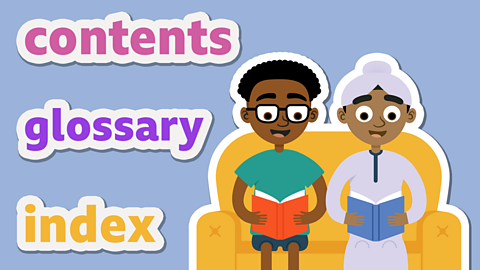What is intonation?

When we read something out loud we need to make it sound interesting to keep the listenerÔÇÖs attention.
We can do this by speaking with intonation.
This means saying the words in an expressive, lively way to bring what youÔÇÖre reading to life.

Watch: Intonation
Watch Mr McPartlin give his top tips about reading aloud with intonation.
Punctuation marks

When we start a new sentence we usually begin on a slightly higher note and end on a slightly lower one.
Punctuation marks give you clues about what to do with your voice.
Take a breath at full-stops and wait a moment when you come to a blank line between paragraphs.
With a question mark our tone of voice usually rises a little at the end of the sentence.
For an exclamation mark you end the sentence forcefully ÔÇô whether that be with excitement, terror or anger!
With a comma take a little pause before carrying on.
For an ellipsis () let your voice slowly trail away and take a longer pause before starting again.

Watch: Reading with expression
Now watch this video in which The Worst Witch's Mildred Hubble sings a song about using feeling and emotion when reading aloud.
Learn how to read aloud expressively with Mildred Hubble.
Activity 1
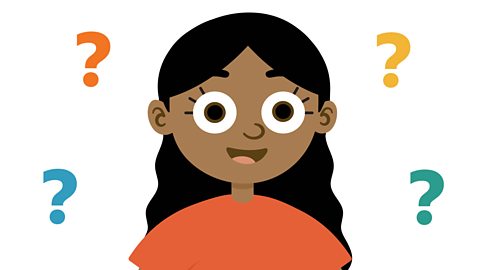
Go back to the Teacher Talks video at the start of the lesson and watch from 2.50 onwards.
Mr McPartlin asks you to read a passage from a story about a wolf using lively intonation.
Pause the video at 3.21 and practise saying the passage out loud.
Use the punctuation to show you what to do with your voice and when to pause.
Then try reading the passage along with Mr McPartlin. Can you match his intonation?

Activity 2

Using emotion is a great way to give intonation to your reading.
Read each sentence below out loud using the emotion that is mentioned.
Also use the punctuation to show you what to do with your voice and when you need to pause.
If you can, read each sentence to someone at home and see if they can guess the emotion you are trying to show in your voice.

Angry: I donÔÇÖt want to go to bed. IÔÇÖm not tired!
Happy: My favourite thing is cuddling up with my dog on the couch.
Tired: I couldnÔÇÖt get out of bed this morning. I only got three hours sleep last night.
Frightened: What was that noise could it be a ghost?
Excited: I canÔÇÖt wait as tomorrow I am going to the beach, getting ice cream and swimming in the sea!
Play our fun English game Crystal Explorers. gamePlay our fun English game Crystal Explorers
Use grammar, punctuation and spelling skills to explore jungles, caves and tombs on your mission!

More on Comprehension
Find out more by working through a topic
- count5 of 11
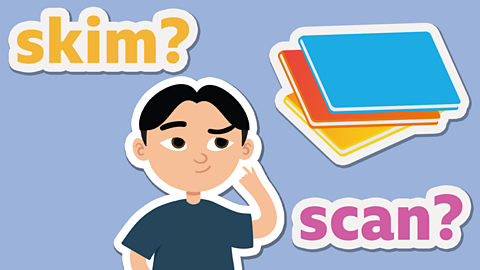
- count6 of 11
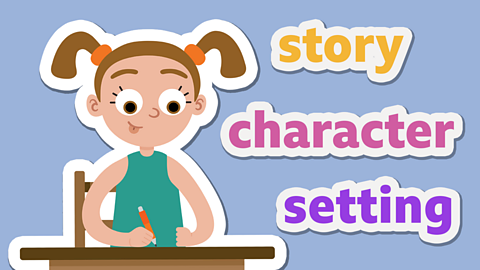
- count7 of 11
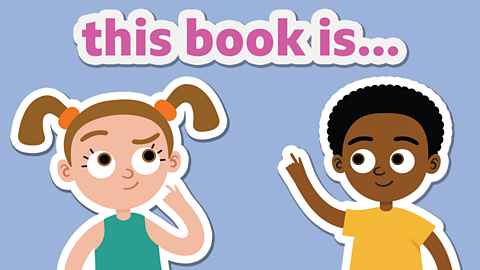
- count8 of 11
